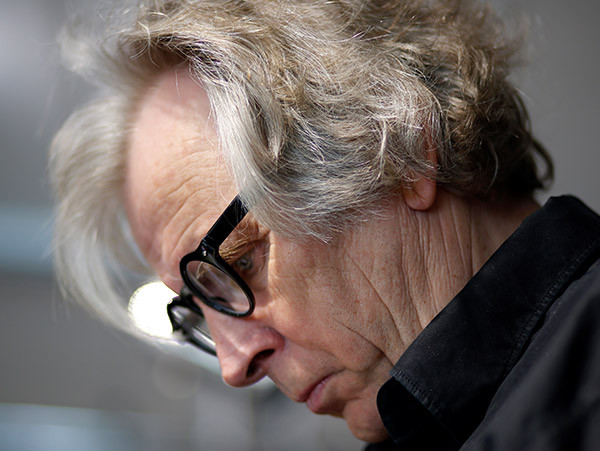
How are architects of industrial buildings and distribution centres preparing for the '1.5 meters era'? "There's only one real solution against corona and that's a factory without people. A robot doesn't get corona. This is of course beautifully conceived, but impossible to realise", says architect Herman Bessels van Bessels architects & engineers from Twello. In this contribution, he provides the sector with a number of tools.
"We can cut back considerably on the number of employees working in distribution. Look at the recently realised DC's of a number of supermarket chains, where only 30% of the staff still work compared to the original situation. HSF has also recently taken major steps in this direction by switching from a hand sorting centre to a fully contact-free automatic system. In production environments this is more difficult, but there is space," says Herman.
"The coronavirus is not a mouse or mosquito that can move on its own. A carrier is needed to transport the virus. So-called aerosols, i.e. moisture particles that they can sit on or attach to. If you don't have a carrier, you don't have a corona. Evaporators and air treatment equipment are a major source of misery. On the beach with your head in the fresh sea breeze, the chance of corona is zero. In the beach tent without ventilation, all the ingredients for a spread are present", Herman explains.
"Air treatment that circulates exclusively is a beautiful corona distributor. In refrigerated environments, 100% refurbishment with a heat recovery unit is a possibility, although it does require an investment. At a cold store, you can forget about the freshening. This is going to take an extreme amount of energy," says the architect. Disinfection with UV and extra filters certainly gives possibilities according to him. "One variant is disinfection with OH- ions. Nocotech is such a system, it works well but costs money. The starting point must be that the company is 100% corona-free every morning and this can be achieved by disinfecting behind and in the evaporators, air ducts and in the cracks and holes".
"We test everyone, but what do we do with the drivers and in particular with the foreign drivers, who spent four days on the road at all possible sanitary facilities - whether closed or not," Herman wonders. "It should be a must that we build a special toilet at the expedition that drivers can use without reporting. We have been taking these toilets into the design ourselves for years. If this toilet is not there, people do their needs elsewhere, also between the trucks. It's not the people that make the mistake, it's the organization that doesn't facilitate them."
"The housing of migrant workers is an issue in itself. On the one hand the need for fully-fledged housing, on the other hand the migrant would like to be able to send home or save as much money as possible. We will have to move to fully-fledged housing and the question remains: what will be facilitated and what is the wish. There are now ongoing projects in which Bessels is also involved. The question is how we can accommodate these people in a sober way. The problem often remains the very low housing costs in relation to quality. If we want to be able to continue solving this housing problem, the government will have to facilitate zoning plans so that it becomes possible to realise this type of building".
"Worth investigating is, in our view, an elevated, renewed squat toilet that allows us to go to the toilet without contact - and where we can drop the car keys without any problem. And what about the door handles like in the operating rooms, which are opened with the elbow - in which we just sneezed..."
Source: © AGF.nl